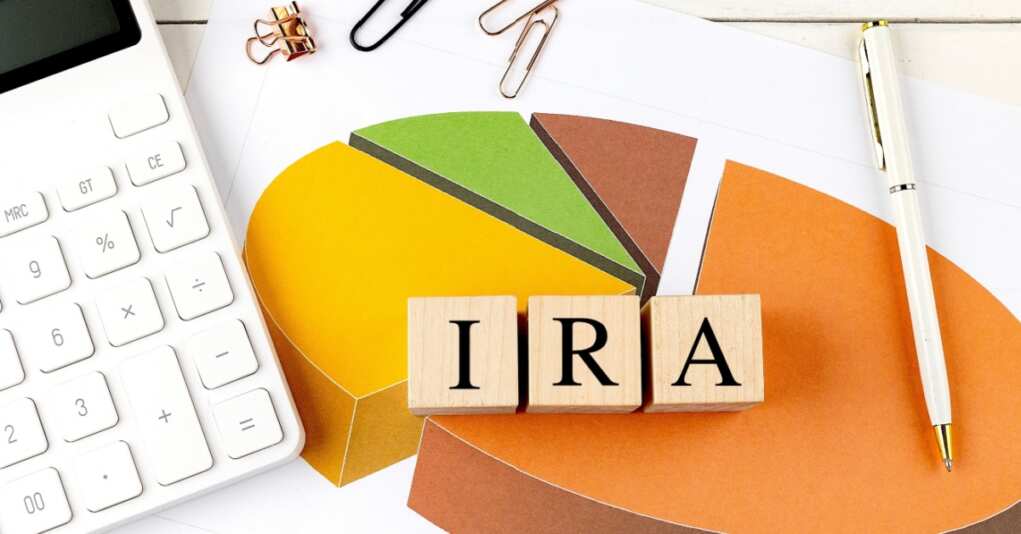What You Need to Know About IRAs

An Individual Retirement Account (IRA) is a type of savings account designed to help individuals save for retirement while offering various tax advantages. There are several types of IRAs, each with distinct features and benefits, but all share the common goal of providing a tax-advantaged way to build retirement savings.
Traditional IRA: Contributions to a Traditional IRA may be tax-deductible, depending on your income and whether you or your spouse are covered by a workplace retirement plan. The investments within a Traditional IRA grow tax-deferred, meaning you don’t pay taxes on earnings until you withdraw the funds, usually during retirement. Withdrawals made before age 59½ may be subject to a 10% early withdrawal penalty, in addition to ordinary income tax. Required Minimum Distributions (RMDs) must begin at age 73.
Roth IRA: Contributions to a Roth IRA are made with after-tax dollars, meaning you don’t receive an immediate tax deduction. However, the money grows tax-free, and qualified withdrawals are also tax-free. To be considered qualified, withdrawals must occur after age 59½ and the account must be at least five years old. Unlike Traditional IRAs, Roth IRAs do not have RMD requirements during the account holder’s lifetime, allowing for potentially greater flexibility in retirement planning.
SEP IRA: Simplified Employee Pension (SEP) IRAs are designed for self-employed individuals and small business owners. They allow higher contribution limits than Traditional and Roth IRAs and are funded by employer contributions. SEP IRAs follow similar tax rules to Traditional IRAs, with tax-deductible contributions and tax-deferred growth.
SIMPLE IRA: The Savings Incentive Match Plan for Employees (SIMPLE) IRA is intended for small businesses and offers both employee and employer contributions. It has lower contribution limits than SEP IRAs but is simpler to administer.
Each type of IRA has its own rules and benefits, making it essential for individuals to choose the one that best fits their retirement goals and financial situation.

